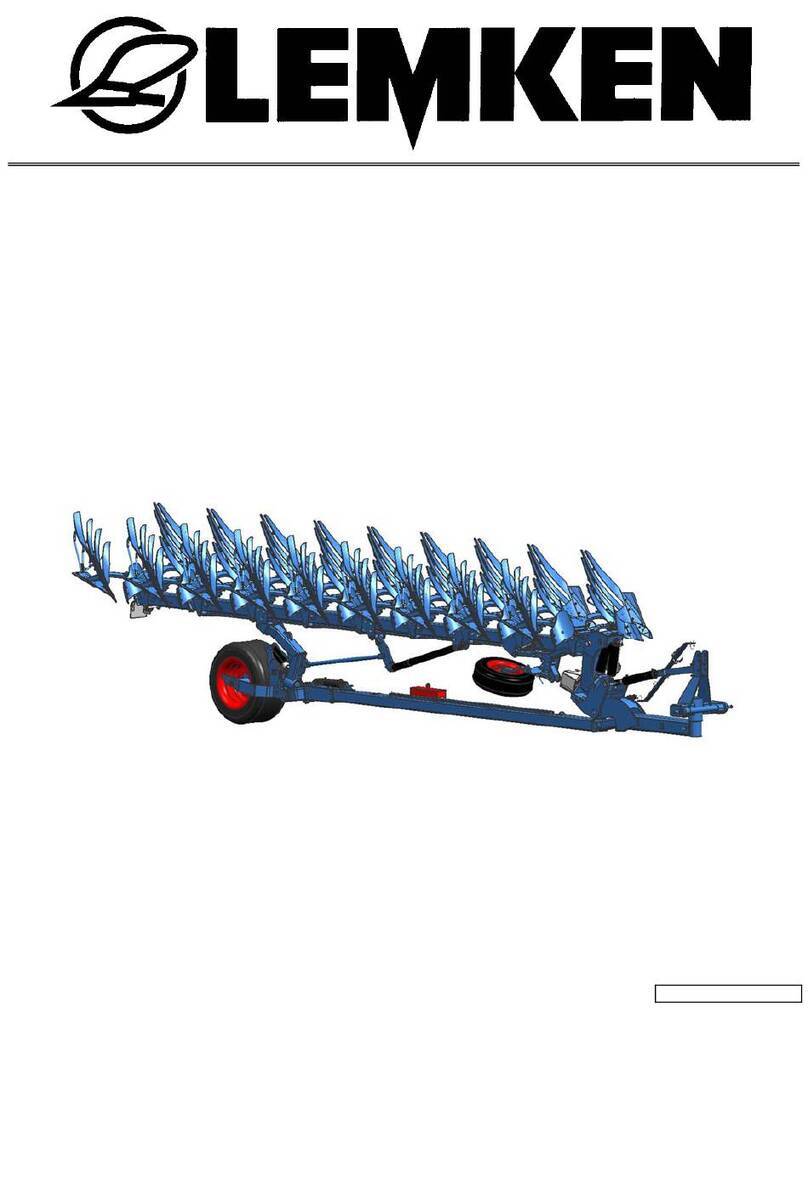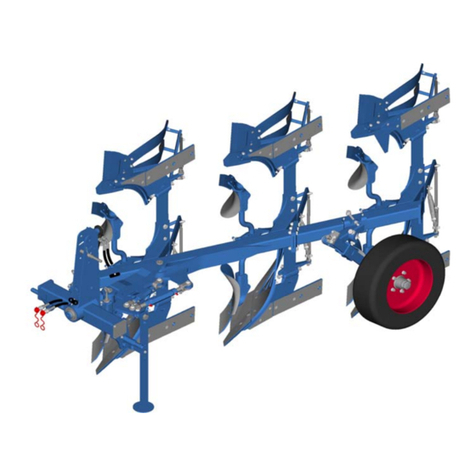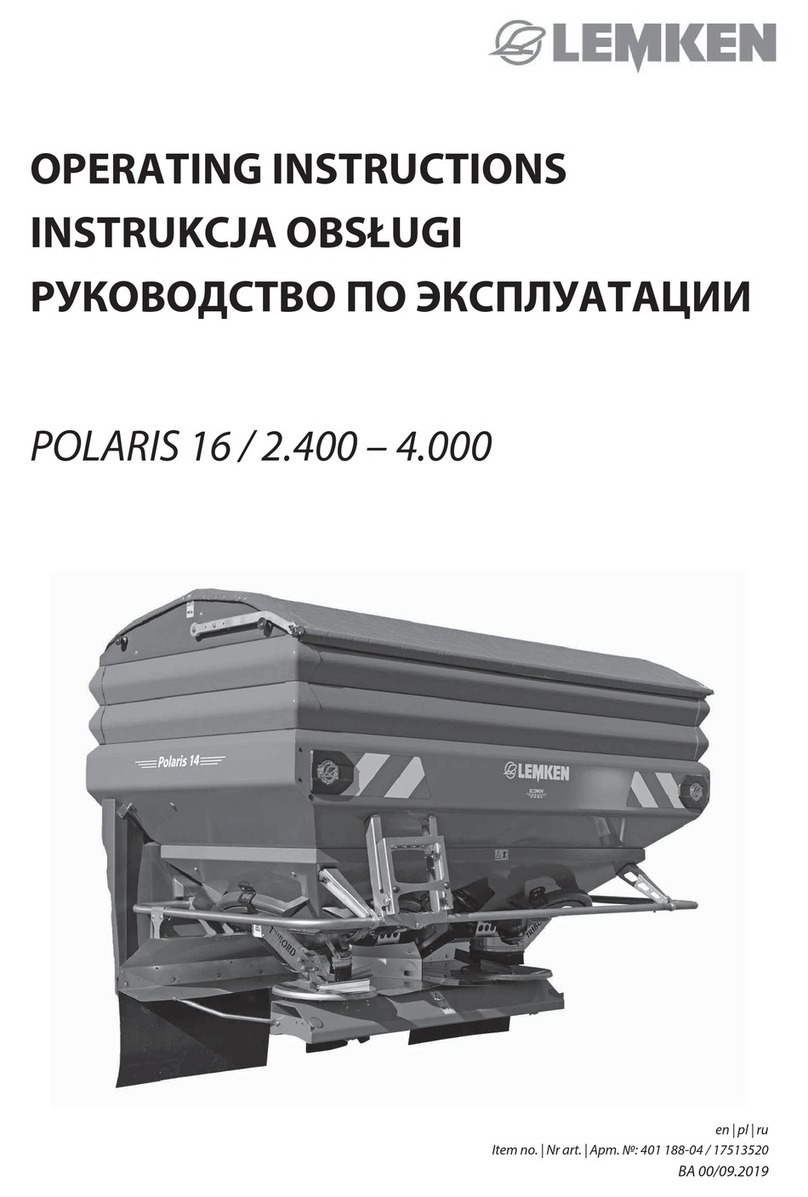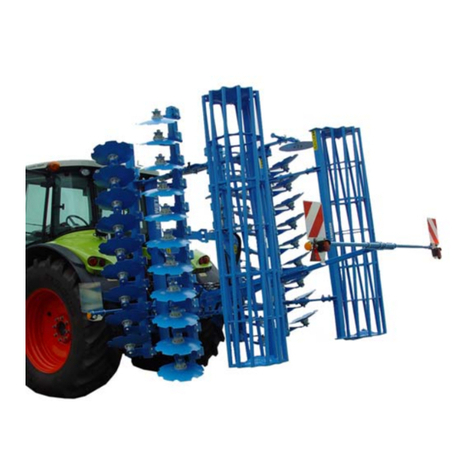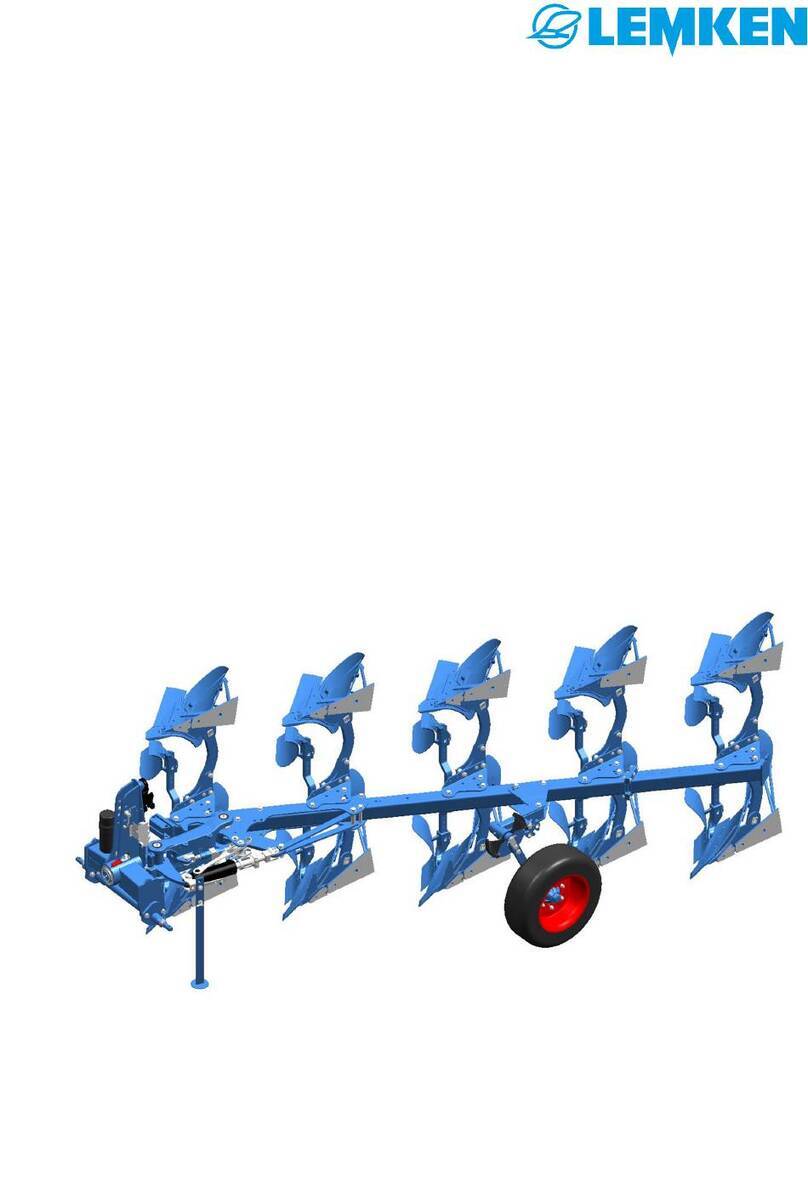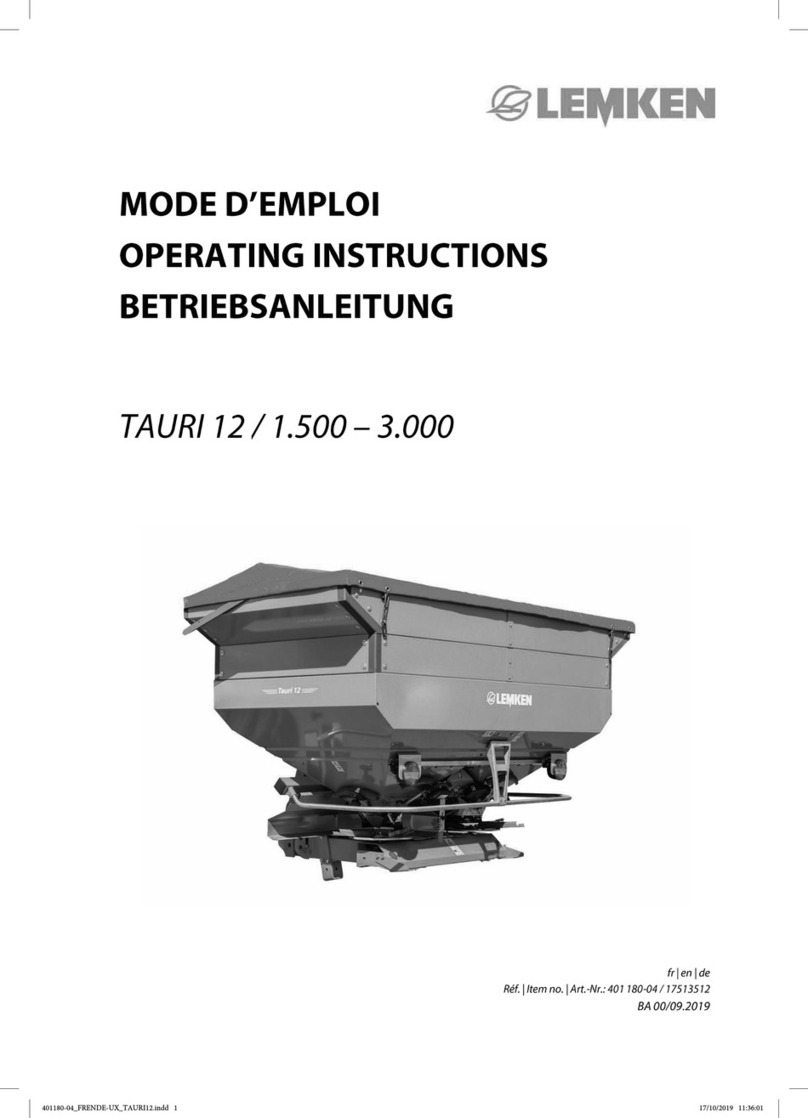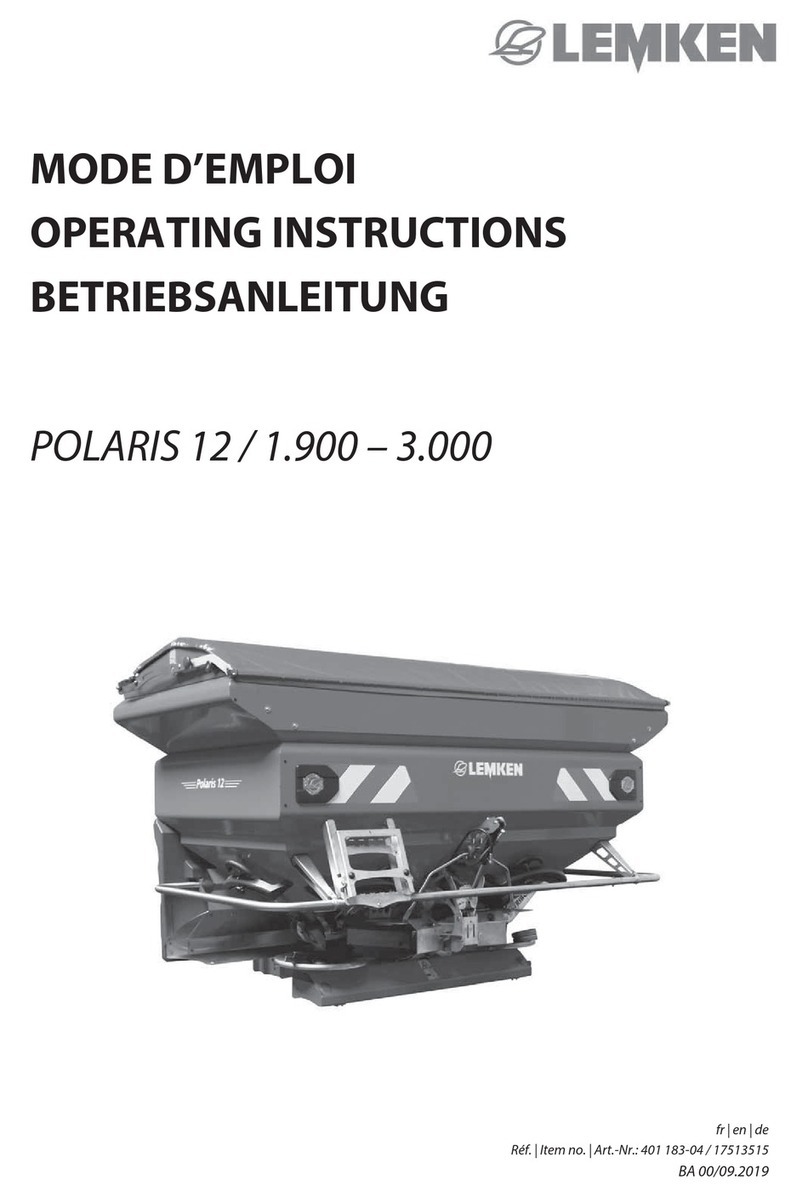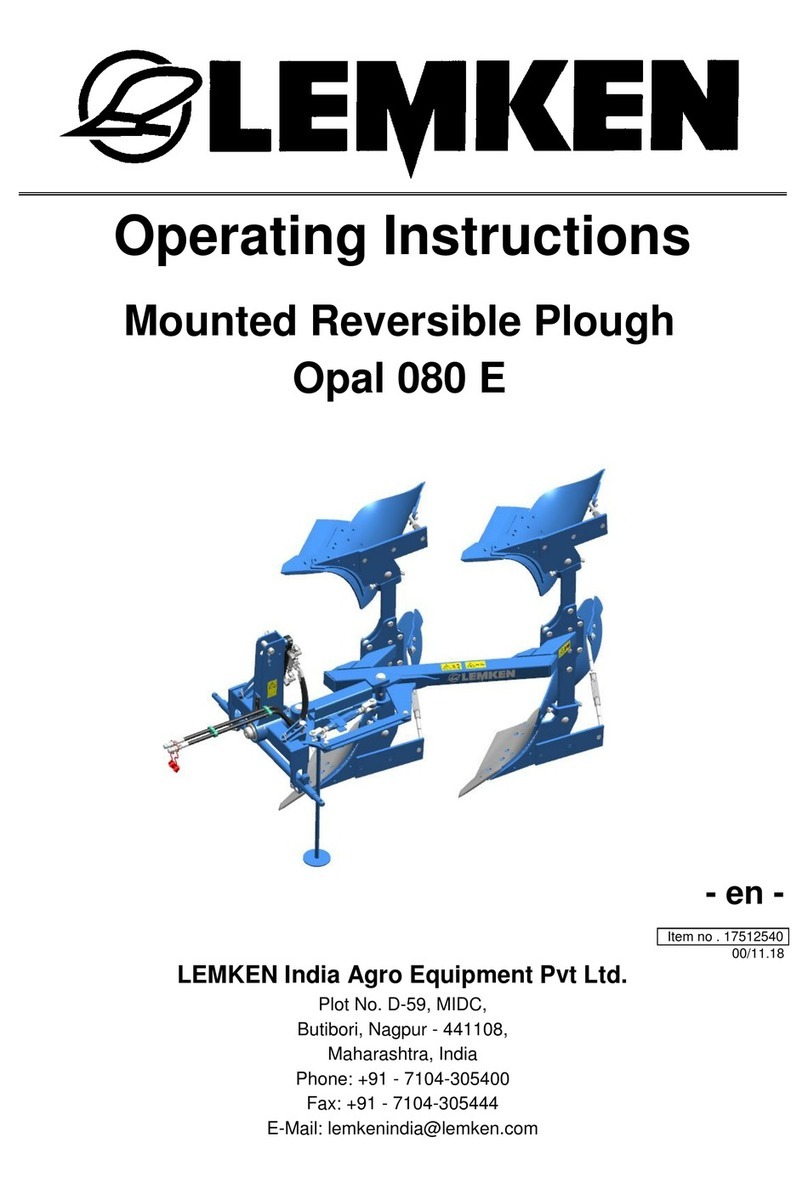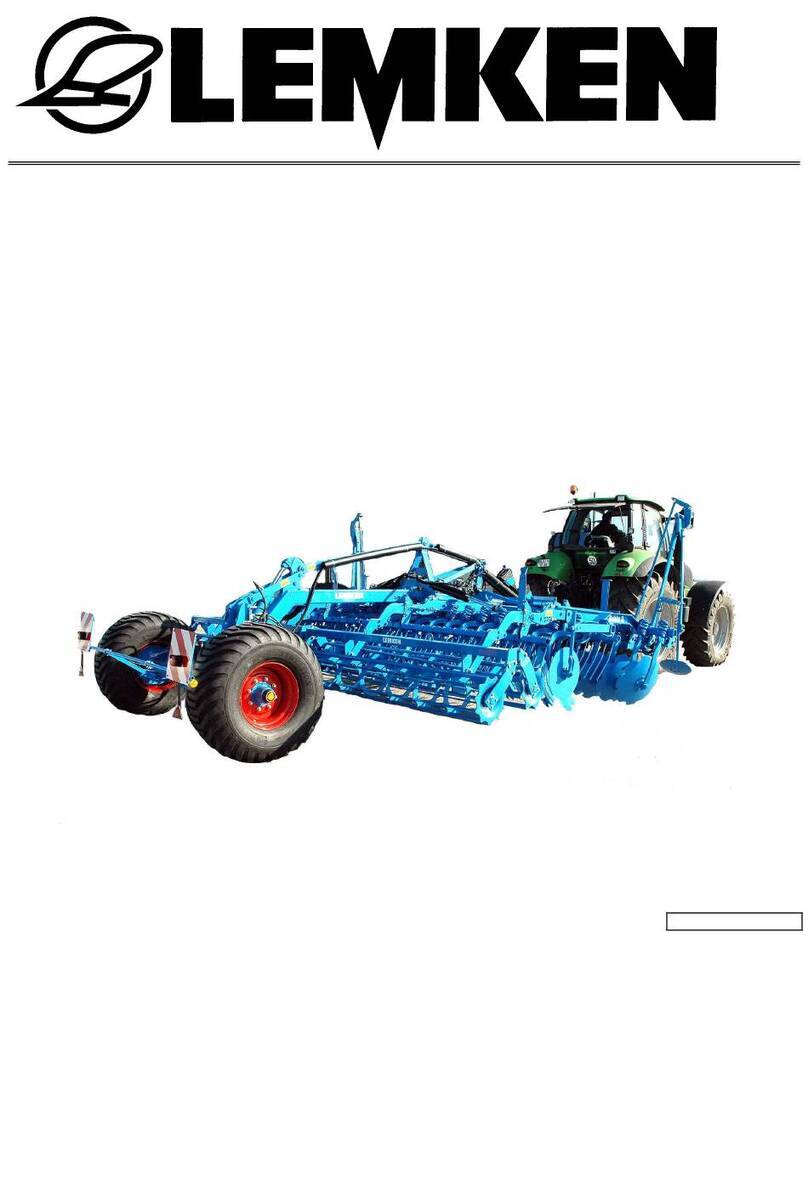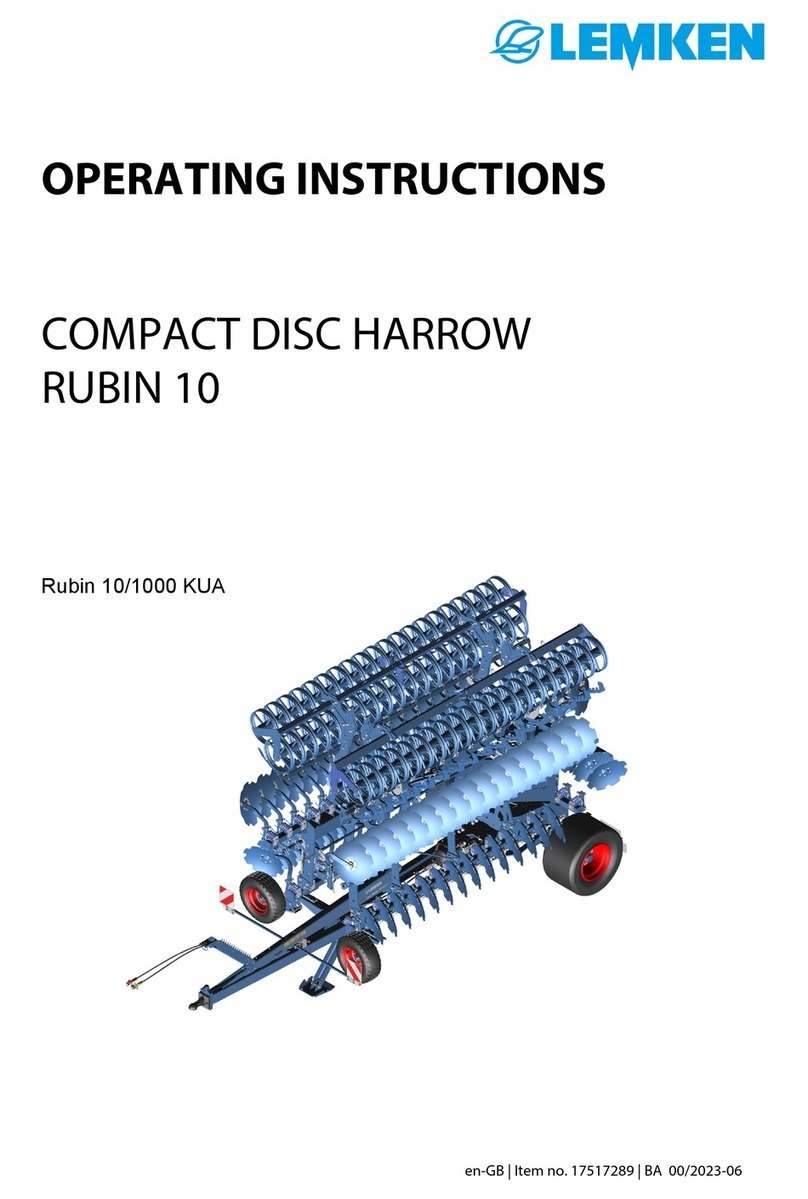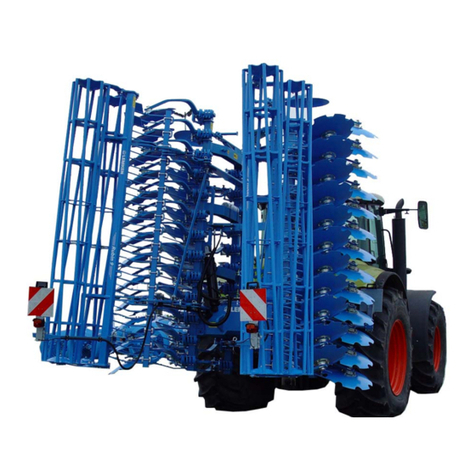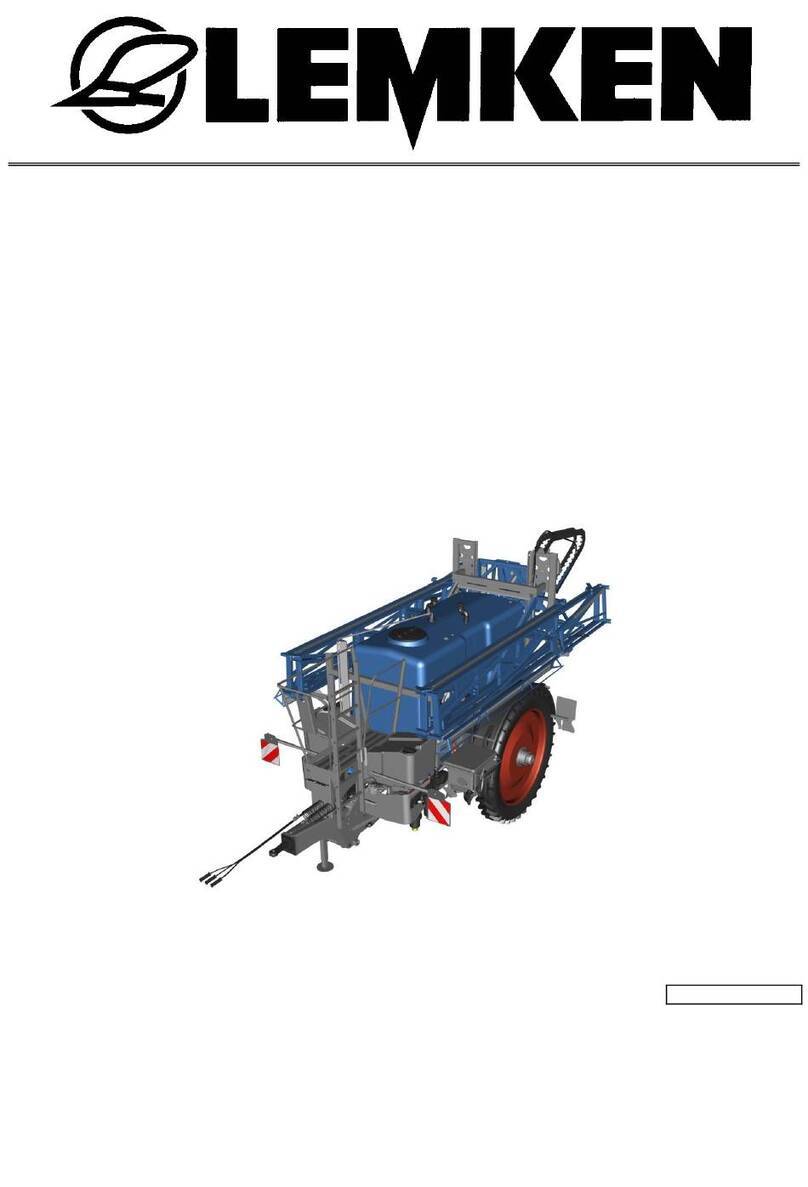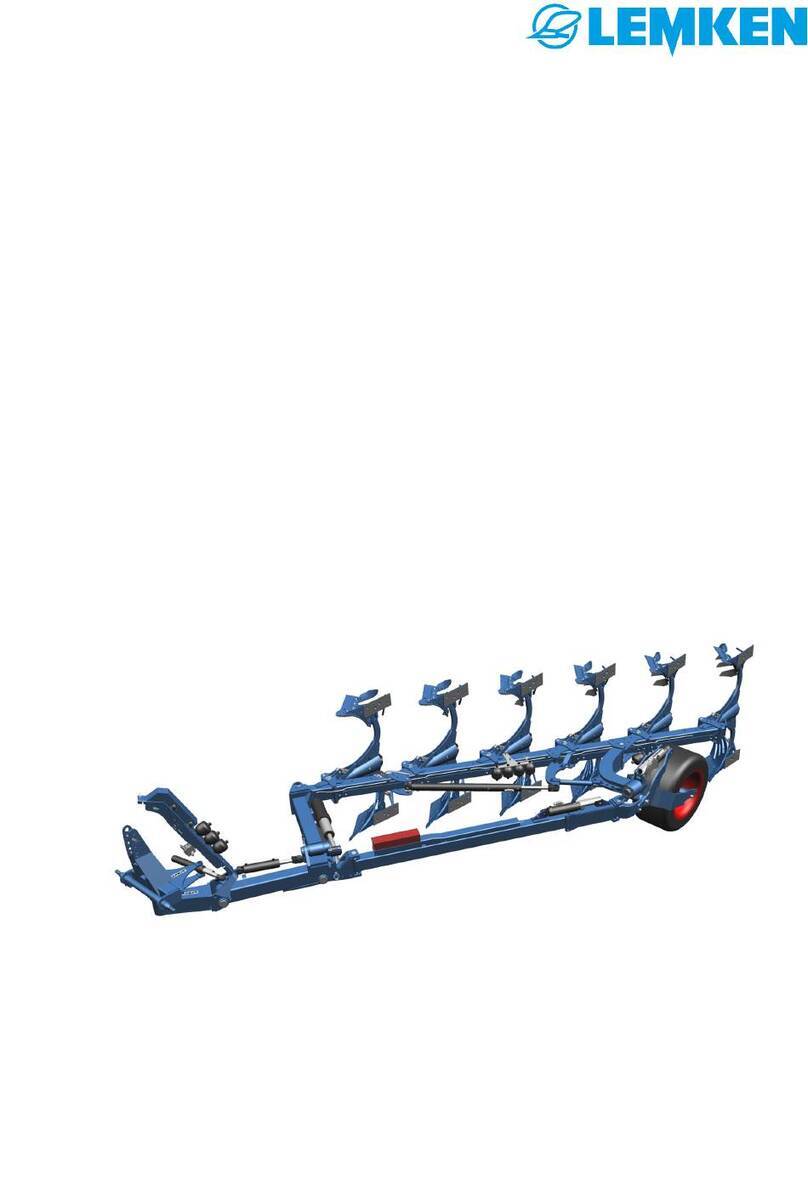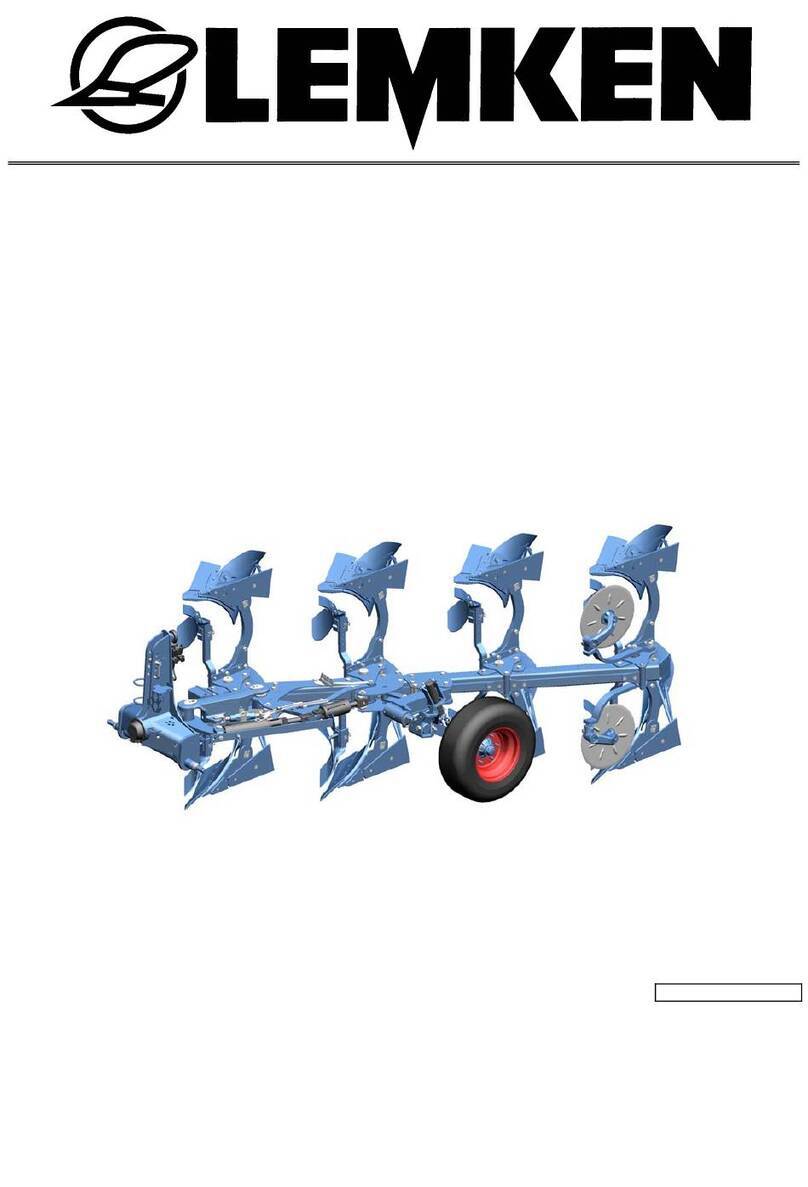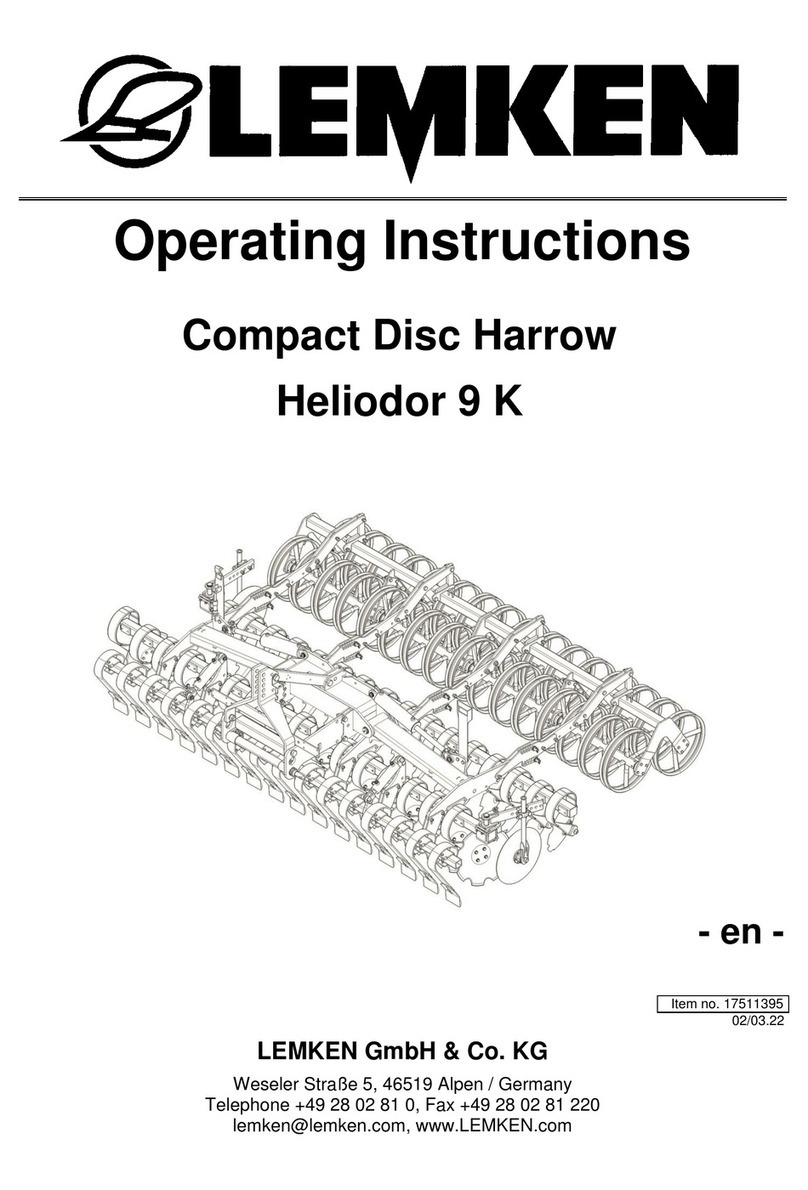
5.3.2 Slides.........................................................................................................................12
5.3.3 Bottom flaps .............................................................................................................12
5.3.4 Combi-Seed Wheel Vario-Plus................................................................................13
5.3.5 Switching on and off of the seed wheel halves.....................................................13
5.3.6 Adjustment of the seed rate....................................................................................14
5.4 Calibration test ...................................................................................................14
5.5 Calculation slide.................................................................................................16
5.6 Seeding control ..................................................................................................17
5.7 Emptying the hopper .........................................................................................17
6 COULTERS ................................................................................................................18
6.1 Standard coulters...............................................................................................18
6.1.1 Track scraper outer coulter..................................................................................... 18
6.1.2 Track scraper outer coulter SB............................................................................... 19
6.2 Disc coulters.......................................................................................................19
7 TRANSPORT LOCKING DEVICE OF THE COULTERS ...........................................20
8 COULTER PRESSURE ADJUSTMENT ....................................................................20
8.1 Individual pressure adjustment ........................................................................20
8.2 Central coulter pressure adjustment................................................................20
8.3 Hydraulic pressure adjustment.........................................................................20
9 HARROWS.................................................................................................................21
9.1 General................................................................................................................21
9.2 Split harrows ......................................................................................................21
9.3 S-Harrows ...........................................................................................................21
9.4 Harrow extension ...............................................................................................21
9.5 Adjustment instructions ....................................................................................22
10 TRACK MARKERS ..................................................................................................22
10.1 Changing the track markers............................................................................22
11 HYDRAULIC TRACK MARKER OPERATION IN CONNECTION WITH PRE-
GERMINATION MARKER.............................................................................................23
12 TRAMLINE MECHANISM ........................................................................................23
13 TRAMLINING RHYTHM ...........................................................................................24
13.1 Uneven rhythm .................................................................................................24
13.2 Even rhythm......................................................................................................24
14 ADJUSTMENT OF THE TRAMLINE WIDTH ...........................................................25
15 CONVERSION OF THE TRAMLINE TO AN OTHER TRACK WIDTH ....................26
16 FITTING A THIRD ROW...........................................................................................27
17 HYDRAULIC PRE-GERMINATION MARKER .........................................................27
18 PLATFORM..............................................................................................................27
2

